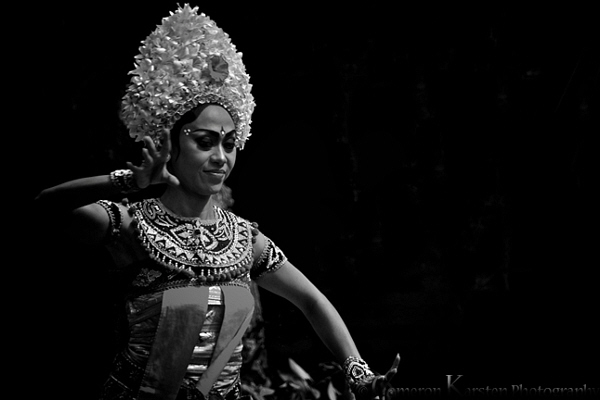
All photos courtesy of Cameron Karsten
PHOTOGRAPHER Cameron Karsten is currently traveling around East Africa, documenting the work of various communities and nonprofit organizations. With a unique eye for composition and lighting, Cameron is capturing particularly soulful images. According to him, “he yearns for expansive adventure of the deepest value in order to express the tales of humanity.”




